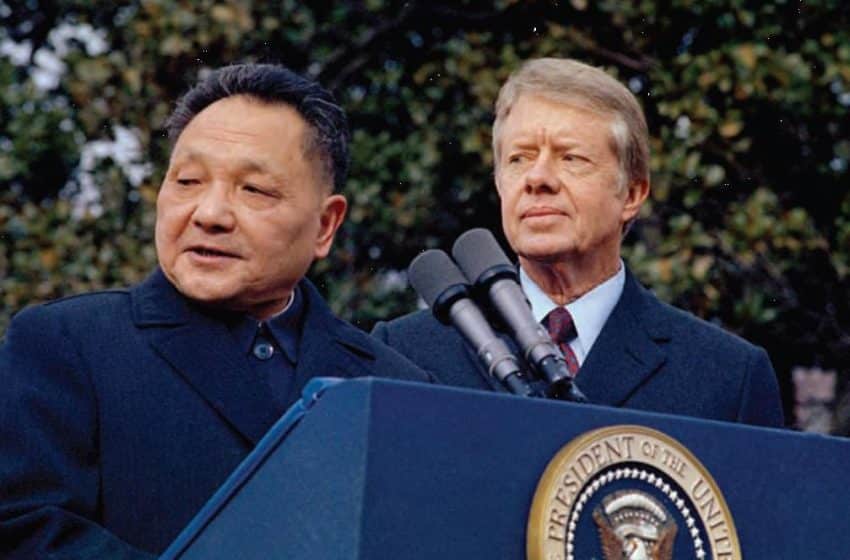Beefed Up: McDonald’s Edging out KFC, Pizza Hut in China revival battle
Yum Brands Inc (YUM.N), the home of KFC and Pizza Hut, is falling behind rival McDonald’s Corp (MCD.N) as the pair battle to revive flagging sales in China – a headache for Yum as it looks to spin off operations in its biggest market.
A Reuters analysis of same-store sales data suggests McDonald’s is recovering faster in China than larger rival Yum as both seek to bounce back from a slew of food safety scandals dating back to 2012.
McDonald’s said last week fourth-quarter same-store sales in China rose 4 percent, a second straight quarter of growth. On Wednesday, Yum said its same-store sales, reflecting underlying growth, also returned to growth in the second half – but more slowly, leaving annual China sales falling for the first time.
Researchers and consumers said there’s no simple answer to explain why McDonald’s is faring better than Yum. A weaker economy and strengthening local rivals are among a complex cocktail of issues both firms must deal with in future strategy, including Yum’s China spinoff, due later this year.
Yum is still the largest fast food chain in China, but McDonald’s has one in-built advantage: the country’s diners remain particularly sensitive about chicken products, which were at the heart of the scandal in 2012.
“Hearing all the rumors about chickens, I now very rarely go to KFC or eat McDonald’s chicken wings.” said Yang Luo, 26, a sales manager in Shanghai. “Hamburgers are okay, though.”
Yum’s 0.4 percent sales drop in 2015 in China, after two years of flatline growth, underlines how managers have struggled to repair its reputation. Chinese diners once flocked to its outlets – as well as to McDonald’s – helping drive revenue growth of nearly 30 percent each year between 2006 and 2012.
“After the food scares erupted, me and my family didn’t go for a long time to these fast food chains,” said Zhao Ruoqing, 24, a student in the western Chinese city of Chengdu.
“I’m not sure I totally trust either chain yet, but I now go to McDonald’s when I’m in a rush because I prefer the atmosphere,” said Zhao, adding he liked that the chain had maintained a more authentic American feel.
‘SILVER BULLET’
The Reuters analysis of same-store sales data suggests McDonald’s is now outpacing Yum in efforts to restore sales to the level they were at before food safety crises. Same-store sales data reflects organic growth rather than that driven by new stores.
The analysis, using same-store sales growth data to roughly track growth since a starting point in 2011, suggests Yum’s sales are below 80 percent of the level they were then. McDonald’s sales, meanwhile, are back to above 95 percent of that level.
McDonald’s officials in China didn’t respond to requests for comment, while Yum China officials weren’t immediately available for comment.
“The scandals have stuck to KFC much more than McDonald’s in consumers’ minds,” said James Roy, Shanghai-based associate principal at China Market Research Group.
The problem for Yum as it looks to revive its growth momentum is there is no single factor behind its China malaise, a senior Yum executive told Reuters. That makes life complicated as Yum readies to split off its China business with a view to a separate listing, either in Hong Kong or the United States.
“Everyone is looking for a silver bullet,” the executive said, asking not to be named as he wasn’t authorized to speak to the media.
“All factors contribute – it’s a complex market.”
By ENGEN THAM with editing by KENNETH MAXWELL Feb. 4, 2016 on Reuters.
Read more here








